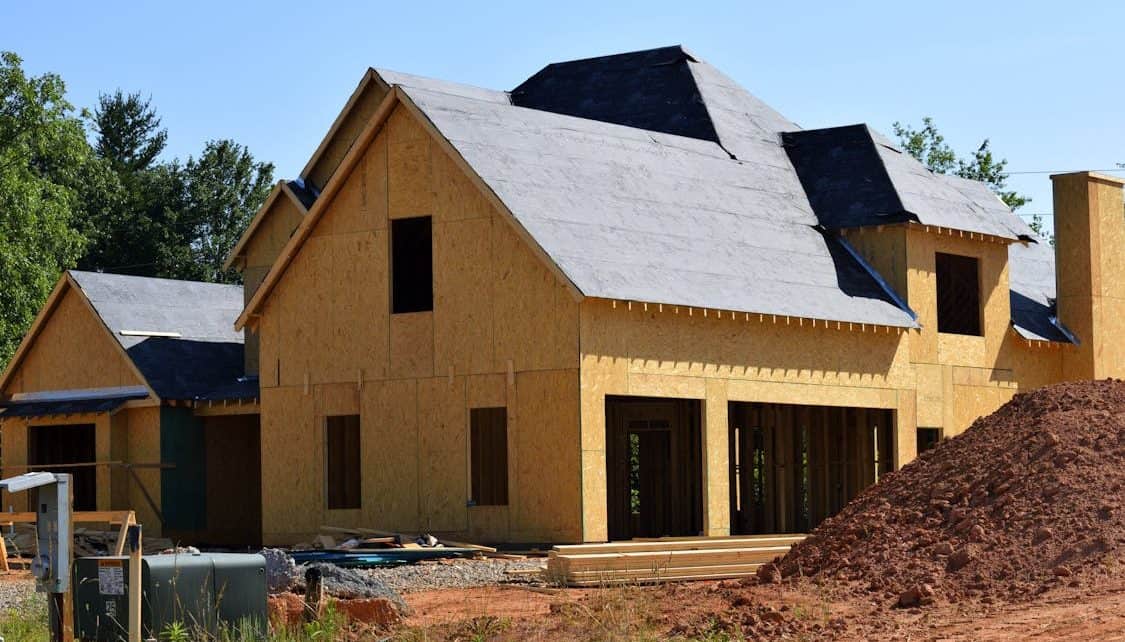Building a house is a multi-faceted process that unfolds over several stages. Each phase brings its own set of tasks and challenges, making it essential for future homeowners to familiarize themselves with the journey ahead.
Here’s a breakdown of the essential phases involved in constructing a home.
Planning and Design
This initial stage is where dreams start taking shape. Homeowners should collaborate with architects or designers to create blueprints that reflect their vision while adhering to local building codes. It’s a time for brainstorming, considering everything from room sizes to the overall layout.
Many professional builders also feature realistic build timelines at this stage, helping homeowners align their expectations with what’s actually achievable.
Budgeting also plays a critical role in this phase. Homeowners should outline their financial limits and make decisions that align with their desires and constraints. It’s beneficial to be realistic about what can be achieved within the budget, as this will influence every subsequent stage.
Securing Permits
Once the plans are solidified, the next step is obtaining the necessary permits. Different municipalities have varying requirements, so thorough research is essential. This process often involves submitting plans to local authorities and may require several approvals before work can commence.
Navigating the permit process may feel tedious, but it’s a vital step in ensuring that the construction adheres to safety and zoning regulations. Delays can arise here, often due to missing paperwork or additional requests from inspectors, so patience is key.
Site Preparation
With permits in hand, it’s time to prepare the site. This involves clearing the land of any obstacles, such as trees or debris, and leveling the ground. Depending on the location, excavation may be necessary to create a solid foundation.
Proper site preparation is fundamental for the stability of the structure. Any oversights can lead to significant issues down the line, such as drainage problems or uneven flooring. Taking this phase seriously sets the groundwork—literally—for everything to come.
Laying the Foundation
The foundation is the backbone of the house, so getting it right is paramount. This phase can involve pouring concrete, building footings, and laying blocks, all tailored to the house’s design and the soil conditions.
Different types of foundations exist, including slab, crawl space, and basement. Each has its pros and cons, often dictated by regional factors like climate and terrain. Homeowners should consult with their builders to choose the best option for their specific situation.
Framing

Once the foundation is solid, framing begins. This stage gives the house its shape and outline, focusing on walls, floors, and the roof structure. Framing materials commonly include wood or steel, with each having its benefits.
During this phase, homeowners can visualize the layout and flow of their new home. It’s also a time for adjustments—if something doesn’t feel right, it’s easier to change at this stage than later on. Open communication with contractors ensures that expectations align.
Electrical and Plumbing
With the skeleton of the house in place, it’s time to install the electrical wiring and plumbing systems. This step is often intricate, requiring skilled professionals who can navigate local codes and safety regulations.
Homeowners have the opportunity to choose fixtures and set layouts during this stage. Thoughtful planning can contribute to energy efficiency down the road, making it worth considering options like LED lighting or low-flow faucets.
Insulation and Drywall
Insulation and drywall installation follow the basic infrastructure work. Insulation keeps the home comfortable year-round, aiding in energy efficiency. Proper installation can significantly impact heating and cooling costs in the long haul.
Once insulation is in place, drywall is hung to create the internal walls. This phase can feel transformative, as empty spaces begin to look more like rooms. Homeowners may also want to consider soundproofing options or special finishes during this stage.
Interior Finishes
This is where personal tastes come into play. Flooring, cabinets, countertops, and paint colors are selected during the interior finishes phase. Each choice adds character and warmth to the home.
While it’s tempting to rush through this phase, taking time to choose wisely can lead to a more cohesive design. Mixing textures and colors can create a unique look that reflects the homeowner’s personality.
Exterior Work
The exterior of the house is not to be overlooked. This phase includes roofing, siding, and landscaping. Homeowners need to think about curb appeal and practical aspects like drainage and outdoor living spaces.
Choosing materials that fit the regional climate can help ensure longevity. For instance, in areas prone to heavy rainfall, selecting appropriate roofing materials is key to avoiding water damage.
Final Inspections
Once construction nears completion, final inspections are necessary. Local authorities will review the work to ensure it meets safety standards and adheres to the approved plans. This phase often involves multiple inspections, including electrical, plumbing, and general safety checks.
It’s wise for homeowners to be present during these inspections. Understanding what inspectors look for can provide insights into future home care and maintenance.
Moving In
With all inspections passed and the house ready, it’s time for the big move. This phase should be both exciting and organized. Homeowners can begin the arduous task of unpacking, setting up furniture, and making the space their own.
Planning the move effectively can help reduce stress. Creating a timeline and checklist can streamline the process, ensuring that everything from utilities to internet service is set up before settling in.
Post-Move Considerations
Even after moving in, there are still tasks ahead. New homeowners should consider maintenance schedules for everything from HVAC systems to gutters. Staying on top of these tasks can extend the life of various home components.
Personalizing the space doesn’t stop at unpacking; it’s an ongoing process. Homeowners may find joy in decorating or landscaping their new property, making it a true reflection of themselves over time.
Each phase of house building presents unique opportunities and challenges. By understanding and preparing for each step, homeowners can make informed decisions, ultimately leading to a successful build that meets their needs and desires.





